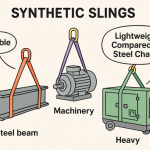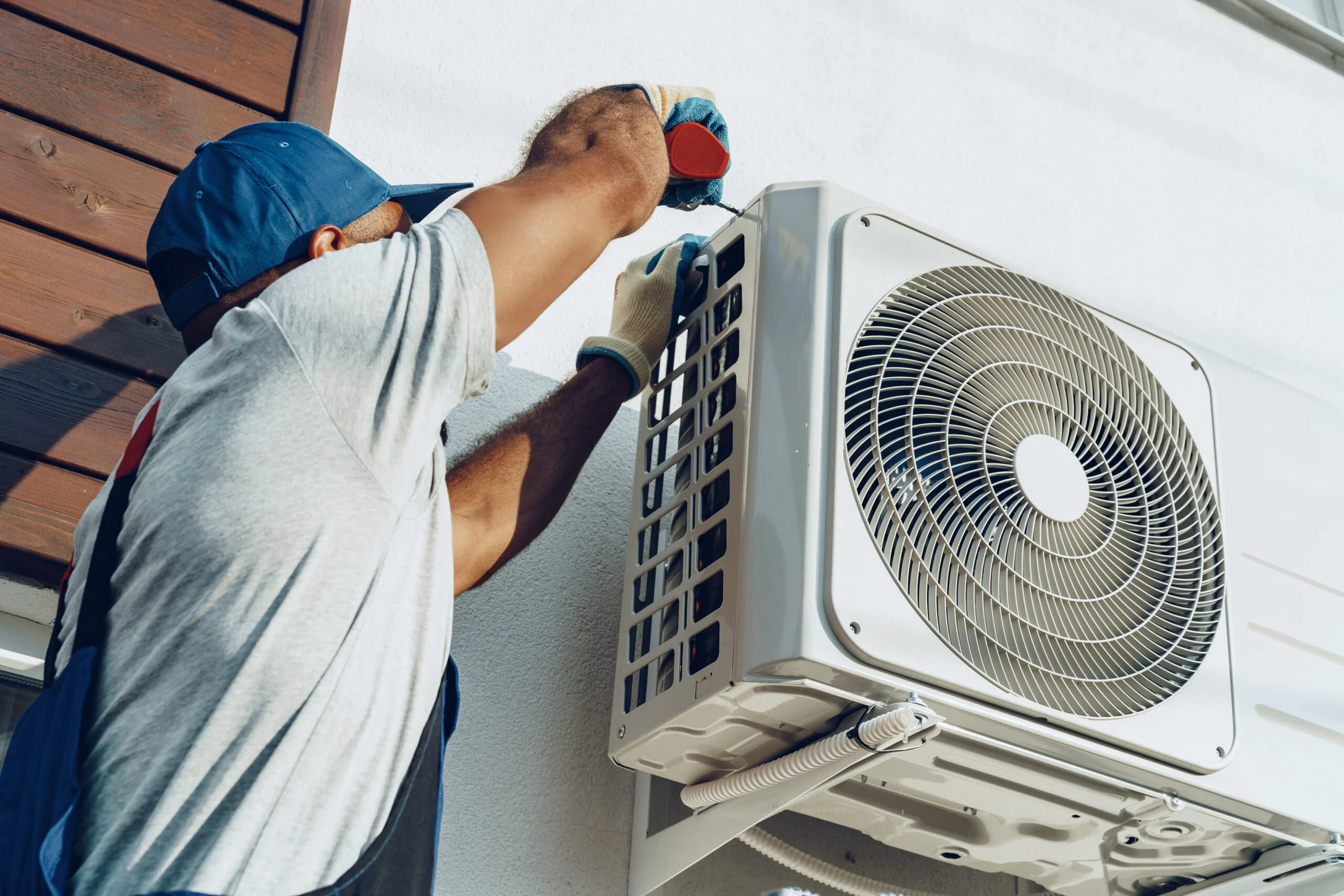Securing equipment doesn’t always have to involve complicated tools or bulky fasteners. Velcro offers a simple yet effective solution that balances strength, convenience, and flexibility. Whether you’re setting up electronics, organizing tools, or stabilizing gear during travel, Velcro can help you get the job done without leaving scratches or holes behind. Even something as small as a Velcro cord tie can keep wires controlled and prevent them from tangling, proving that the smallest details often make the biggest difference.
Think About the Surface First
Before attaching Velcro to secure your equipment, consider the surface where it will be applied. Smooth, clean surfaces provide the strongest grip. Dust, grease, or textured materials can reduce adhesion and make the bond less reliable. Wiping down the area with a mild cleaner ensures the adhesive backing sticks firmly. For rough or fabric surfaces, sewing or stapling Velcro may be a better option. A little prep time goes a long way in making sure the connection holds.
Match the Strength to the Job
Not all Velcro is the same. Some versions are designed for lightweight tasks like holding cables or remotes in place, while heavy duty options are made to support larger equipment. Matching the Velcro strength to the weight of your gear is essential. Using light strength Velcro for a heavy item may cause it to slip or fall, while overusing heavy duty Velcro for small tasks can make removal unnecessarily difficult. Choosing the right level of grip ensures both safety and convenience.
Plan for Accessibility
One of the greatest advantages of Velcro is how easily it can be opened and closed. When using it to secure equipment, think about how often you’ll need access. For devices that require frequent adjustments or battery changes, position the Velcro so that removal is quick and hassle free. For long term mounting, apply larger strips to provide more stability. Accessibility should always balance with security, and Velcro makes it possible to find that middle ground.
Avoid Overcrowding with Velcro
It’s tempting to use Velcro for everything, but strategic placement is key. For example, when securing multiple items side by side, give each its own section of Velcro instead of trying to cram them all into one large patch. This keeps the setup tidy and prevents items from pulling against each other. Overcrowding can make it harder to detach one piece of equipment without disturbing the rest. Think of Velcro as an organizational tool rather than just an adhesive.
Protecting Surfaces from Damage
Unlike screws or nails, Velcro doesn’t leave permanent marks when used properly. However, adhesive residue can sometimes remain if the Velcro has been in place for a long time. To avoid this, choose Velcro designed for removability or use a protective layer such as painter’s tape under the adhesive strip. This is especially useful for delicate surfaces like finished wood or painted walls. By planning ahead, you can keep both your equipment and your surroundings in top condition.
Keeping Cables Under Control
One of the most practical uses of Velcro is cable management. Cords and wires are often overlooked, but they can create clutter, reduce airflow around electronics, and even become tripping hazards. Using Velcro strips or cord ties makes it easy to bundle cables neatly while still allowing for adjustments. This not only improves safety but also gives your workspace or entertainment setup a much cleaner look. Organized cables also make it easier to identify and replace cords when needed.
Considering Environmental Conditions
Where your equipment lives has a big impact on how Velcro performs. In hot environments, adhesive backed Velcro can lose its grip, while moisture can weaken the bond over time. If you’re using Velcro outdoors or in a high humidity area, look for weather resistant varieties. For long lasting strength, mechanical attachment through sewing or stapling may be the better choice. By matching the Velcro type to the environment, you ensure dependable performance.
Regular Maintenance Extends Life
Velcro doesn’t last forever, but proper care can extend its usefulness. Over time, dust and lint can build up in the hooks, making the grip weaker. A quick cleaning with a stiff brush or even a piece of tape can restore much of its holding power. Inspecting your Velcro regularly also helps you catch early signs of wear before it becomes a problem. With a little attention, Velcro can stay reliable for years.
Balancing Security and Flexibility
At its best, Velcro provides the right mix of secure fastening and easy removal. It’s strong enough to hold equipment steady but flexible enough to let you make quick changes. This balance makes it perfect for situations where equipment needs to be mounted temporarily or moved often. Whether you’re organizing cables, stabilizing tools, or keeping electronics in place, Velcro gives you options that more permanent fasteners can’t match.
Final Thoughts
Using Velcro to secure equipment is about more than sticking two sides together. By considering surface preparation, choosing the right strength, planning for accessibility, and maintaining the material, you can make the most of this versatile fastener. Simple habits like cleaning the hooks or using a velcro cord tie to tame cables can turn cluttered setups into organized, safe, and efficient systems. With thoughtful use, Velcro proves itself as a reliable solution for keeping equipment secure without causing damage.

Dilawar Mughal is an accomplished author with a passion for storytelling. His works span various genres, from thrilling mysteries to heartfelt romance novels. With a keen eye for detail and a knack for character development, Sana Fatima weaves engaging narratives that captivate readers and transport them to new worlds.










